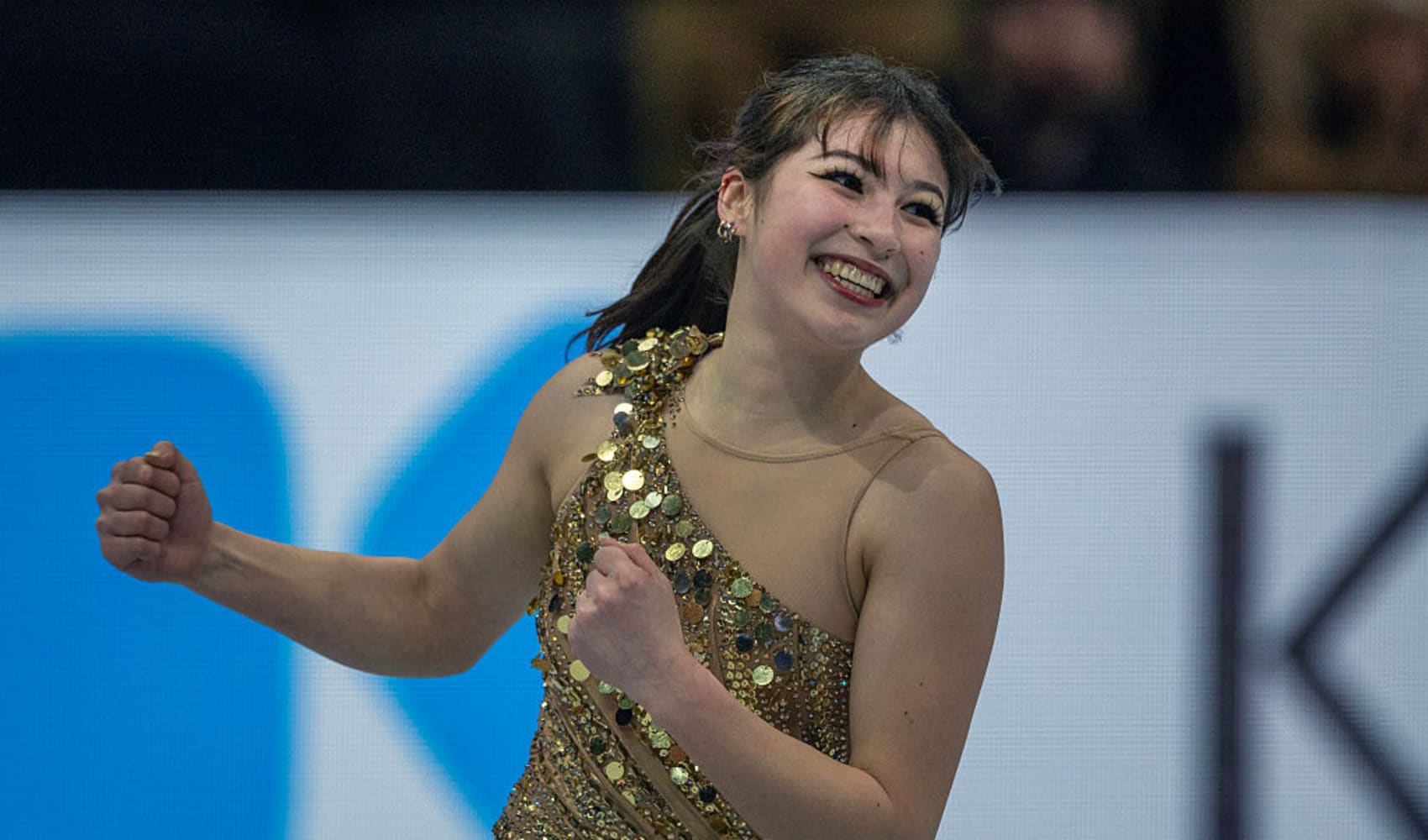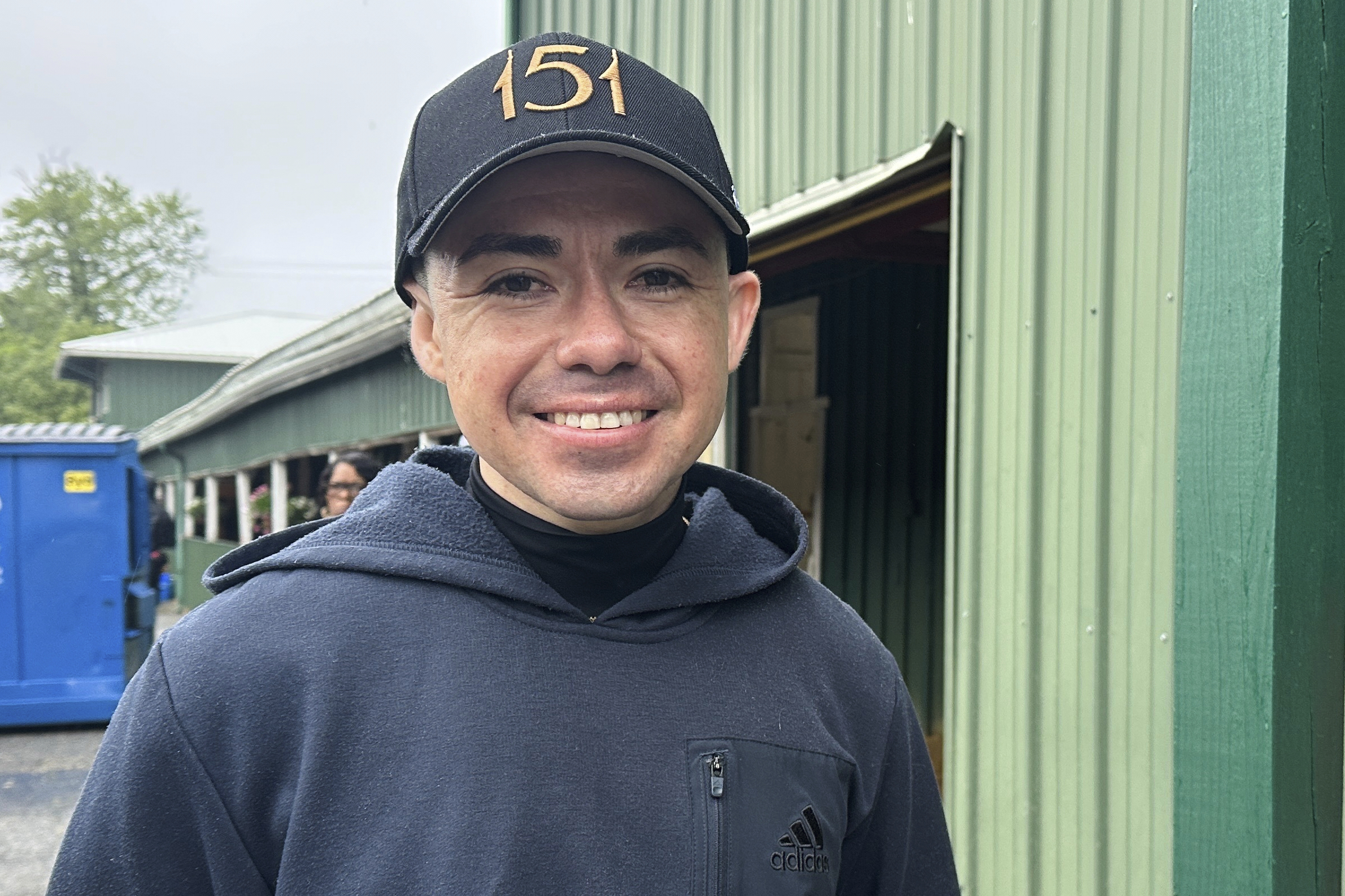Happiness Over Perfection: How It Made Alysa Liu a Champion
From Burnout to Brilliance: How Happiness Fueled Alysa Liu's World Champion Comeback
Introduction: The Unconventional Champion's Story
Have you ever felt completely drained, like you were chasing a goal that no longer ignited your passion? That's exactly where figure skater Alysa Liu found herself. This isn't just another sports story; it's a testament to the power of prioritizing happiness over relentless perfection. Weeks after competing at the 2022 Winter Olympic Games, a mere 16 years old, Alysa Liu announced her retirement from competitive figure skating. But her story doesn't end there. It's a story of rediscovering joy, redefining success, and ultimately, achieving what many thought was impossible.
The Breaking Point: Burnout and Disillusionment
At age 16, Liu was miserable: Competitive skating felt like something she had to do, she says. She rarely took days off, fearful that time away from her rink in Lakewood, California, would make it harder to land her most difficult jumps. At the peak of her burnout before the Olympics, Liu skipped workouts and stayed up late before practices just “to make time pass slower,” she says. Imagine the immense pressure, the constant striving for flawlessness! It's no wonder she felt suffocated. It was no longer a labor of love, but a relentless demand on her young life.
The Pressure Cooker of Competitive Skating
The world of competitive figure skating is notoriously demanding. Young athletes are often pushed to their limits, both physically and mentally. The pursuit of perfection can become all-consuming, leaving little room for personal enjoyment or self-discovery. Is it any wonder that so many young athletes experience burnout?
A Necessary Hiatus: Stepping Away from the Ice
Liu's decision to retire, while surprising to many, was a vital step in reclaiming her well-being. It was a courageous move, a recognition that her mental and emotional health were more important than accolades and achievements. Sometimes, the bravest thing we can do is step away, regroup, and redefine what success truly means to us.
The Spark Returns: Rekindling the Passion
She didn’t lace up her skates again until December 2023, when she realized she missed the adrenaline rush of skating. She attended a practice session, and even after 18 months off, could still land some impressive jumps, she told NBC Sports on March 29. That feeling, that rush of adrenaline, was the key. It wasn't about obligation; it was about pure, unadulterated joy.
Redefining Success: Happiness as the Guiding Star
Liu decided to give competition another shot — this time, helping choreograph routines to music she actually liked, rather than skating more traditional classical music. Instead of aiming for unattainable perfection, she focused on enjoying the process and expressing herself through her skating. This shift in mindset was revolutionary.
The Power of Choice
One of the key changes Liu made was taking control of her own journey. By choosing her own music and contributing to the choreography, she infused her skating with her own personality and passion. She transformed skating from a job into a creative outlet.
The Comeback: A New Alysa on the Ice
Liu's return to competitive skating was nothing short of remarkable. She wasn't just skating; she was radiating joy. Her performances were infused with a newfound energy and freedom, captivating audiences and judges alike.
The Mental Game: Prioritizing Well-being
Liu’s story highlights the critical importance of mental well-being in achieving success, especially in high-pressure environments. She learned that pushing herself relentlessly without taking breaks or enjoying the process could lead to burnout and ultimately hinder her performance. She focused on her love of the sport and gave that love back to her performance.
The Winning Formula: Happiness + Hard Work
Of course, happiness alone doesn't guarantee success. Liu's comeback was also fueled by hard work, dedication, and a commitment to honing her skills. But it was the happiness factor that made all the difference. It provided the motivation, the resilience, and the sheer enjoyment that propelled her to the top.
The Music Matters: Skating to Your Own Beat
Choosing music that resonated with her personally was a game-changer for Liu. It allowed her to connect with her performances on a deeper level, expressing her emotions and personality through her skating. Isn't that what true artistry is all about?
Overcoming Fear: Embracing Imperfection
One of the biggest hurdles for perfectionists is the fear of failure. Liu learned to embrace imperfection, to accept that mistakes are part of the learning process. She focused on progress, not perfection, and allowed herself to enjoy the journey, even when things didn't go exactly as planned. This is a life lesson that extends far beyond the ice rink.
The World Championship: Triumph and Validation
Winning the World Championship was the ultimate validation of Liu's new approach. It proved that prioritizing happiness and embracing imperfection can lead to extraordinary results. It was a victory not just for her, but for everyone who has ever struggled with burnout or felt pressured to conform to unrealistic expectations.
Setting Yourself Up for Success: Liu's Winning Strategy
Liu stated that she "set herself up for success." How did she do that? By focusing on enjoying skating and by taking control over her choices and music, she removed a lot of the anxiety she had been feeling.
Inspiring a Generation: A Role Model for Young Athletes
Alysa Liu's story is an inspiration to young athletes everywhere. It shows that it's possible to achieve your dreams without sacrificing your well-being. It's a reminder that happiness is not a luxury; it's a necessity. She is truly a role model for young skaters and beyond.
Beyond the Ice: Lessons for Life
The lessons learned from Alysa Liu's journey extend far beyond the ice rink. They are applicable to any field, any pursuit, any aspect of life. Prioritize your well-being, embrace imperfection, find joy in what you do, and never be afraid to redefine your own definition of success.
Conclusion: The Power of Prioritizing Happiness
Alysa Liu's transformation from a burned-out teenager to a world champion is a testament to the power of prioritizing happiness over perfection. By stepping away from the ice, rediscovering her passion, and redefining her approach to skating, she not only achieved remarkable success but also inspired a generation. Her story reminds us that true success comes not from relentless striving but from finding joy in the journey and staying true to ourselves.
Frequently Asked Questions
Here are some frequently asked questions about Alysa Liu's journey and her approach to success:
- What was the main reason for Alysa Liu's initial retirement from figure skating?
Alysa Liu initially retired due to burnout and a feeling that competitive skating had become a chore rather than a passion.
- What significant change did Alysa Liu make upon her return to competitive skating?
She started choreographing her own routines to music she enjoyed, allowing her to express herself more freely.
- How did prioritizing happiness impact Alysa Liu's performance?
By focusing on enjoying skating, she reduced stress, increased motivation, and ultimately enhanced her performance.
- What is the key takeaway from Alysa Liu's story?
The main takeaway is that prioritizing well-being and finding joy in your pursuits can lead to greater success and fulfillment than relentlessly chasing perfection.
- What advice would Alysa Liu likely give to young athletes facing burnout?
She would likely advise them to prioritize their mental and emotional health, take breaks when needed, and focus on rediscovering their love for the sport.

